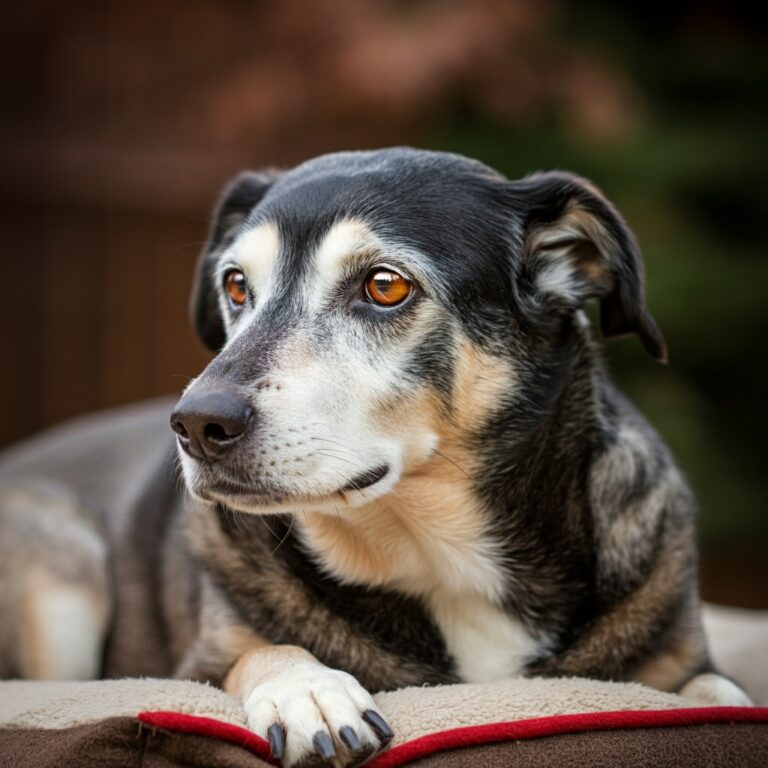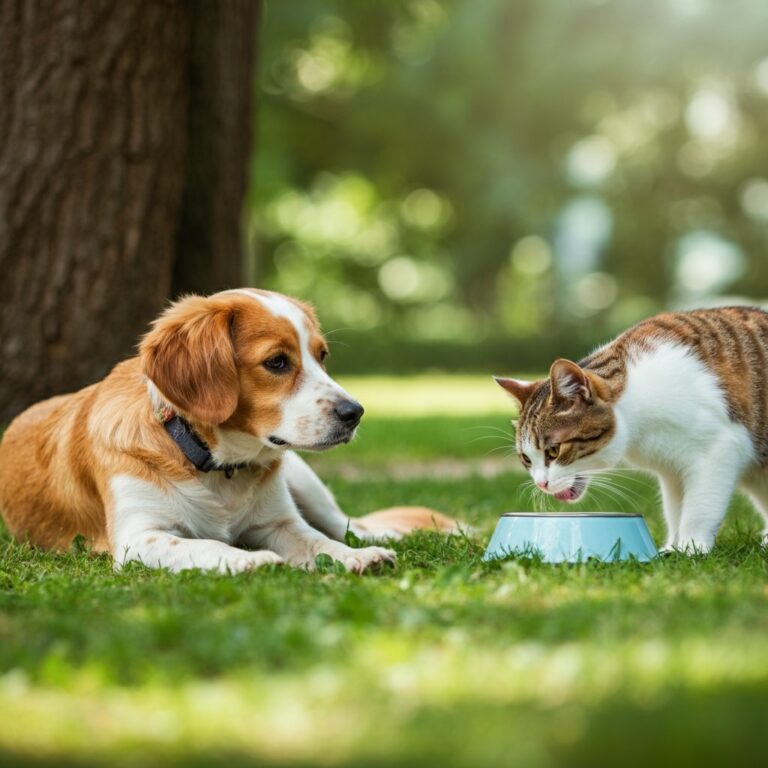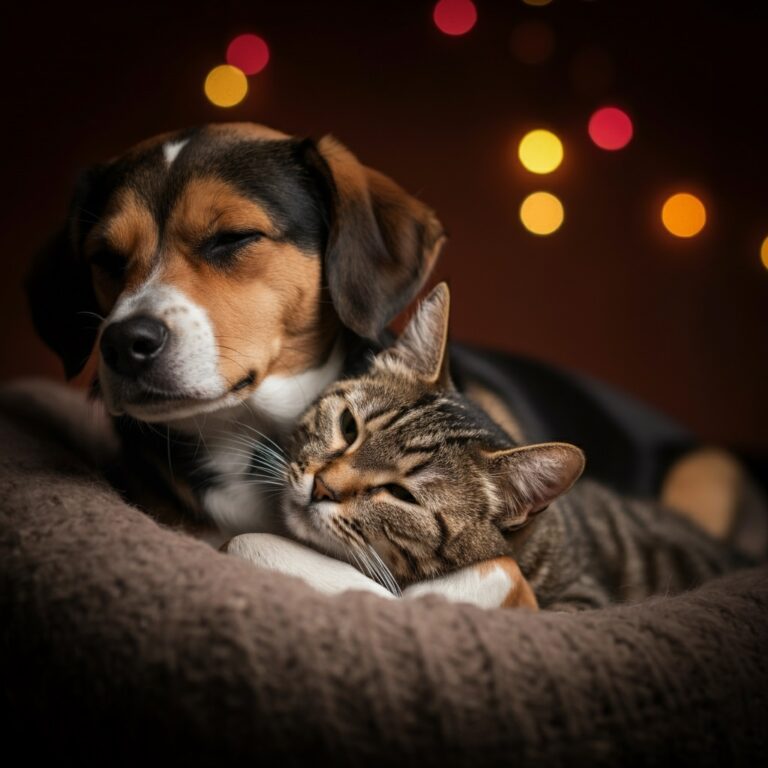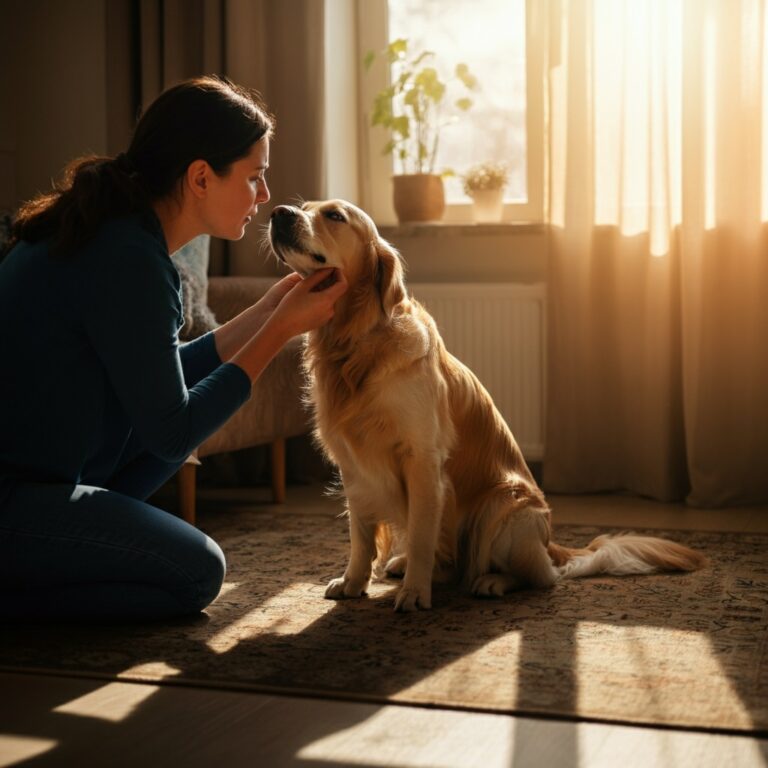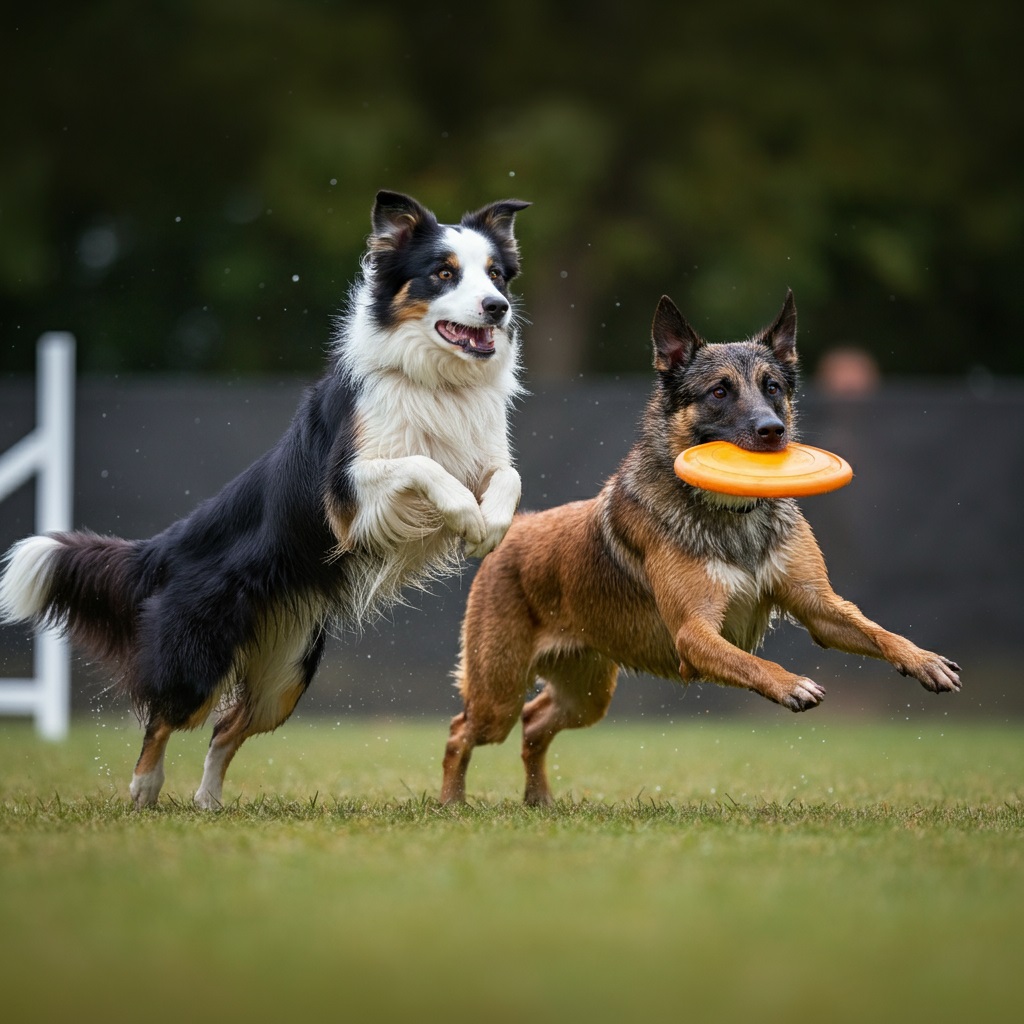
Does your dog bounce off the walls despite daily walks? Active breeds like Border Collies, Australian Shepherds, and Belgian Malinois were bred to work, and they need more than a casual stroll around the block to stay happy and healthy. Dog sports offer the perfect solution—combining physical exercise with mental stimulation while strengthening your bond.
Whether you have a high-energy herding dog or a athletic hunting breed, participating in organized dog sports can transform your restless pup into a well-balanced companion. These activities tap into your dog’s natural instincts while providing structured outlets for their abundant energy.
From agility courses that challenge coordination to disc dog competitions that celebrate athleticism, there’s a sport suited to every active breed’s unique strengths and temperament. The key lies in matching your dog’s natural abilities with the right activity.
Agility: The Ultimate Test of Speed and Precision
Agility stands as one of the most popular dog sports, and for good reason. This fast-paced activity combines speed, accuracy, and teamwork as dogs navigate obstacle courses filled with jumps, tunnels, weave poles, and contact obstacles like A-frames and seesaws.
Border Collies dominate competitive agility due to their intelligence, trainability, and natural athleticism. However, breeds like Australian Cattle Dogs, Jack Russell Terriers, and Shetland Sheepdogs also excel in this sport. The mental challenge of learning sequences keeps smart breeds engaged while the physical demands satisfy their exercise needs.
Training typically begins with basic obedience and gradually introduces obstacles at low heights and slow speeds. Most dogs can start agility training around 12-18 months once their growth plates have closed. Local dog training facilities often offer beginner classes, making it accessible for newcomers.
The beauty of agility lies in its scalability. Competitive handlers work toward titles through organizations like the American Kennel Club (AKC) or United States Dog Agility Association (USDAA), while recreational participants simply enjoy the activity with their dogs.
Herding Trials: Honoring Natural Instincts
For herding breeds, few activities feel more natural than working livestock. Herding trials allow dogs to demonstrate their instinctual abilities while competing in structured environments with sheep, cattle, or ducks.
Border Collies, Australian Shepherds, German Shepherds, and Welsh Corgis typically dominate these competitions. The sport tests a dog’s ability to gather, drive, and pen livestock using natural herding behaviors refined through training.
Herding trials come in various formats. Started dogs work in small, controlled settings with docile sheep, while advanced competitors navigate complex courses that require precise control and distance handling. The American Herding Breed Association (AHBA) and AKC both sanction herding events across different skill levels.
Training requires access to livestock and experienced instructors who understand both dog behavior and animal husbandry. Many herding enthusiasts start with instinct tests to evaluate their dog’s natural ability before committing to formal training.
Flyball: High-Speed Team Competition
Flyball combines speed, teamwork, and ball drive into an exciting relay race. Teams of four dogs race over hurdles, trigger a spring-loaded box to release a tennis ball, catch it, and return to their handlers. The first team to have all four dogs complete the course without errors wins.
This sport particularly suits ball-obsessed breeds like Border Collies, Australian Shepherds, Jack Russell Terriers, and mixed breeds with high prey drive. The relay format creates incredible energy and excitement, making flyball events highly entertaining for spectators.
Teams train extensively on individual components before putting together full runs. Dogs must master hurdle jumping, box work, and reliable ball retrieval while maintaining focus despite the chaotic environment of competing teams.
The North American Flyball Association (NAFA) governs the sport in the United States and Canada, maintaining detailed records and title systems. Many flyball clubs welcome newcomers and provide loaner dogs for people interested in trying the sport before committing their own pets.
Disc Dog: Aerial Athletics and Freestyle Fun
Disc dog sports celebrate the athletic partnership between handler and dog through throwing and catching flying discs. Competitions include distance and accuracy events alongside freestyle routines that incorporate multiple discs, choreography, and creative throws.
Athletic breeds with good jumping ability and prey drive excel at disc dog sports. Border Collies, Australian Shepherds, Belgian Malinois, and mixed breeds often compete at high levels. The sport demands excellent physical conditioning as dogs leap, twist, and sprint while tracking discs through the air.
Training begins with basic disc introduction and gradually builds to complex catches and freestyle sequences. Proper conditioning prevents injuries, as the sport places significant demands on joints and muscles. Handlers must also develop accurate throwing skills to set their dogs up for successful catches.
Organizations like Skyhoundz and the UFO World Cup Series sanction disc dog competitions worldwide. The sport’s accessibility—requiring only open space and flying discs—makes it popular among handlers seeking an active outdoor pursuit with their dogs.
Canicross: Running with Purpose
Canicross involves cross-country running with your dog attached to you via a specialized harness and bungee line. This sport originated from dog sledding and provides intense cardiovascular exercise for both dog and handler.
Breeds bred for endurance and pulling excel at canicross. Siberian Huskies, Alaskan Malamutes, German Shorthaired Pointers, and Weimaraners often dominate competitions. However, any athletic dog can participate once properly conditioned.
Continues after advertising
Training requires gradual building of distance and speed while teaching dogs to run ahead and respond to directional commands. Proper equipment—including a well-fitted harness, bungee line, and waist belt—ensures safety and comfort for both participants.
The International Canicross Federation governs worldwide competitions, while local clubs organize training runs and informal races. Many canicross enthusiasts appreciate the sport’s dual benefit of exercising both themselves and their dogs while building stronger partnerships.
Dock Diving: Making a Splash
Dock diving measures how far or high dogs can jump from a dock into water. This straightforward sport appeals to water-loving breeds and provides excellent exercise during hot weather.
Labrador Retrievers, Golden Retrievers, Belgian Malinois, and mixed breeds frequently compete in dock diving. The sport requires dogs comfortable with water who enjoy retrieving and jumping. Training focuses on building confidence around water and developing powerful jumping technique.
Competition divisions accommodate dogs of different sizes and abilities. Elite competitors regularly achieve distances exceeding 25 feet, while novice divisions welcome first-time participants. The sport’s inclusive nature allows dogs to compete against others of similar ability levels.
DockDogs and North American Diving Dogs sanctioning bodies organize events throughout the United States. Many facilities offer training sessions and practice opportunities for handlers interested in getting started.
Tracking: Following the Scent Trail
Tracking tests a dog’s ability to follow human scent trails across varying terrain and conditions. This mentally demanding sport appeals to breeds with strong scenting ability and problem-solving skills.
German Shepherds, Bloodhounds, Belgian Malinois, and many sporting breeds excel at tracking. The activity provides intense mental stimulation as dogs must concentrate for extended periods while working through challenging scent puzzles.
Training begins with short, simple tracks and gradually increases in length, age, and complexity. Dogs learn to distinguish human scent from environmental odors while following trails that may cross different surfaces and include turns and obstacles.
The AKC offers tracking tests at multiple levels, from basic Tracking Dog (TD) titles through advanced Variable Surface Tracking (VST) tests that include urban environments. Schutzhund and other protection sports also incorporate tracking phases into their competitions.
Getting Started: Choosing the Right Sport
Selecting the best dog sport depends on your dog’s breed characteristics, physical abilities, and personal interests. High-energy herding breeds often gravitate toward agility or herding trials, while breeds with strong prey drive may prefer flyball or disc dog sports.
Consider your own fitness level and available time commitment. Sports like canicross require significant handler participation, while others like agility focus primarily on the dog’s performance. Local availability of training facilities and clubs also influences practical choices.
Most sports welcome beginners through introductory classes or fun matches. These low-pressure environments allow you and your dog to explore different activities before committing to intensive training programs.
Training Considerations and Safety
Proper preparation prevents injuries and ensures positive experiences for both dogs and handlers. Young dogs should complete basic obedience training before beginning sport-specific instruction. Most high-impact activities require dogs to reach physical maturity before intensive training begins.
Physical conditioning plays a crucial role in preventing injuries. Dogs need gradual fitness building just like human athletes. Warm-up and cool-down routines, proper nutrition, and regular veterinary checkups support long-term participation.
Mental preparation proves equally important. Positive training methods build confidence and enthusiasm while maintaining the human-dog bond that makes dog sports rewarding. Patience during the learning process creates better long-term outcomes than rushed training approaches.
The Benefits Beyond Competition
While competitive success provides excitement and validation, dog sports offer benefits that extend far beyond ribbons and titles. Regular training sessions strengthen communication between dogs and handlers while building mutual trust and respect.
The mental stimulation provided by learning new skills often reduces behavioral problems associated with boredom and excess energy. Dogs engaged in regular sport activities typically display better focus, impulse control, and overall obedience in daily life.
Social benefits emerge through participation in training classes and competitions. Dog sport communities often develop strong friendships centered around shared interests and mutual support for each other’s training goals.
Read More👉 What’s in My Pet’s Backpack? Essentials for Adventures
Finding Your Perfect Match
Active breeds need outlets that challenge both their bodies and minds. Dog sports provide structured activities that transform high energy and strong instincts into positive pursuits that strengthen the human-dog bond.
Start by evaluating your dog’s natural abilities and interests. A ball-obsessed Border Collie might thrive in flyball, while a water-loving Labrador could excel at dock diving. Consider your own interests and physical abilities when making choices.
Research local clubs and training facilities to find beginner-friendly programs. Most dog sport communities welcome newcomers and provide guidance for getting started safely and effectively.
Remember that the journey often proves more rewarding than the destination. Whether your goal involves competitive success or simply providing your active dog with appropriate outlets, dog sports offer pathways to stronger partnerships and happier, more balanced pets.
